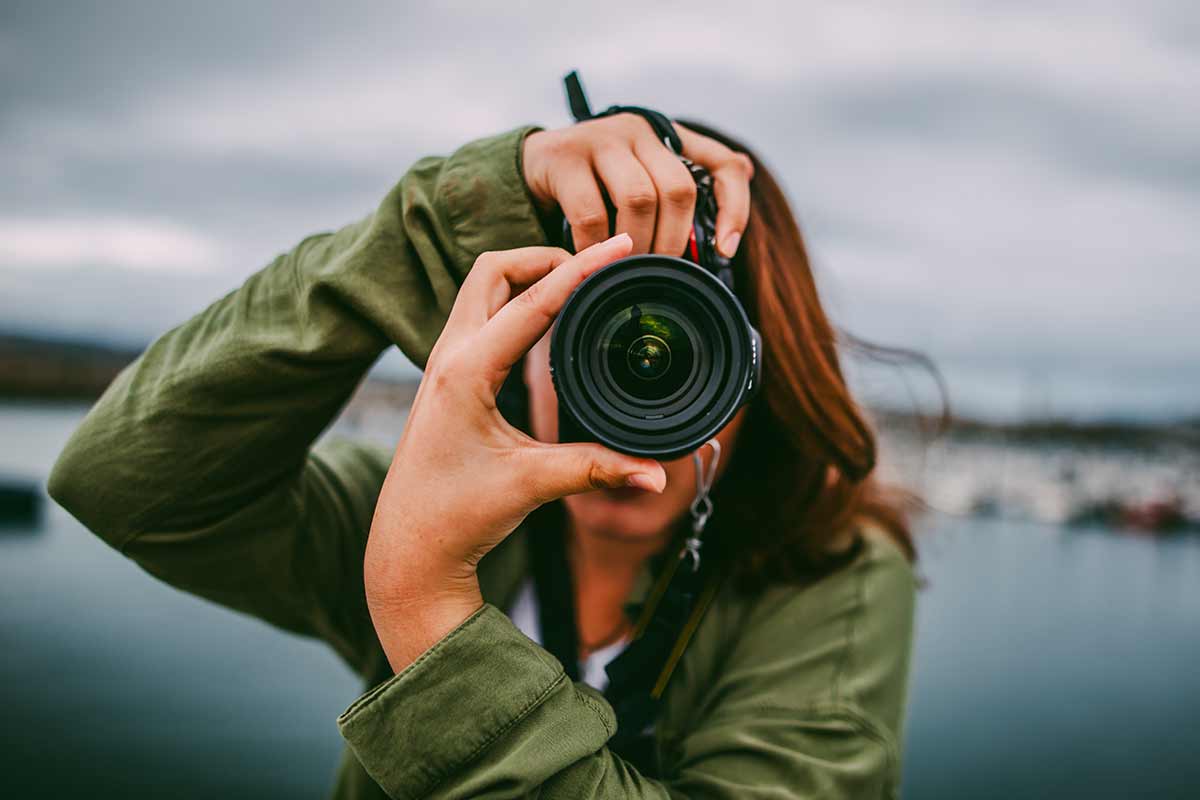The “rule of thirds” is a well-known principle in photography that can help create a balanced and visually appealing composition. However, another equally important technique is the “three-point rule,” which can be used to create a sense of depth and dimension in photographs. In this article, we will discuss what the three-point rule is, how it works, and how to use it effectively in your photography.
Table of Contents
What is the Three-Point Rule in Photography?
The three-point rule, also known as the triangle rule or the diagonal rule, is a technique used in photography to create a sense of depth and visual interest in an image. It involves placing three key points or elements in a triangular formation within the frame of the photograph.
How Does the Three-Point Rule Work?
The three-point rule works by creating a sense of depth and dimension in a photograph. By placing three key elements within the frame in a triangular formation, the viewer’s eye is naturally drawn into the image, creating a sense of movement and flow. This can help to create a more dynamic and interesting composition.
Examples of the Three-Point Rule in Photography
The three-point rule can be applied to a wide range of subjects and styles of photeeq. Here are some examples of how it can be used:
Landscape Photography
In landscape photography, the three-point rule can be used to create a sense of depth and dimension in the image. For example, you might place a prominent rock formation in the foreground, a tree or other element in the middle ground, and a mountain or other distant feature in the background. By positioning these elements in a triangular formation, you can create a more dynamic and interesting composition.
Portrait Photography
In portrait photography, the three-point rule can be used to create a sense of balance and harmony in the image. For example, you might position the subject’s face at one point of the triangle, and their hands or another element at the other two points. This can help to create a more visually interesting and engaging portrait.
Still Life Photography
In still life photography, the three-point rule can be used to create a sense of balance and symmetry in the image. For example, you might position three key objects in a triangular formation, such as a vase, a fruit bowl, and a candlestick. By arranging these elements in this way, you can create a more visually appealing and balanced composition.
Tips for Using the Three-Point Rule in Your Photography
Here are some tips for using the three-point rule effectively in your photography:
Look for Natural Triangles
One of the easiest ways to use the three-point rule is to look for natural triangles in the scene you are photographing. For example, if you are photographing a group of people, look for the natural triangle formed by their heads or bodies. By positioning your camera to capture this triangle, you can create a more dynamic and interesting composition.
Use Leading Lines
Leading lines can also be used to create a triangular formation in your photographs. For example, you might use a road, a fence, or a row of trees to create a triangle that leads the viewer’s eye into the image. For more click here https://techbusinesinsider.com/.
Experiment with Different Compositions
The three-point rule is just one of many techniques you can use to create dynamic and interesting compositions in your photography. Experiment with different arrangements of elements within the frame, and don’t be afraid to break the rules and try something new.

Conclusion
The three-point rule is a simple but powerful technique that can help to create more dynamic and interesting compositions in your photeeq. By placing three key elements in a triangular formation within the frame of the photograph, you can create a sense of depth and visual interest that draws the viewer’s eye into the image.




